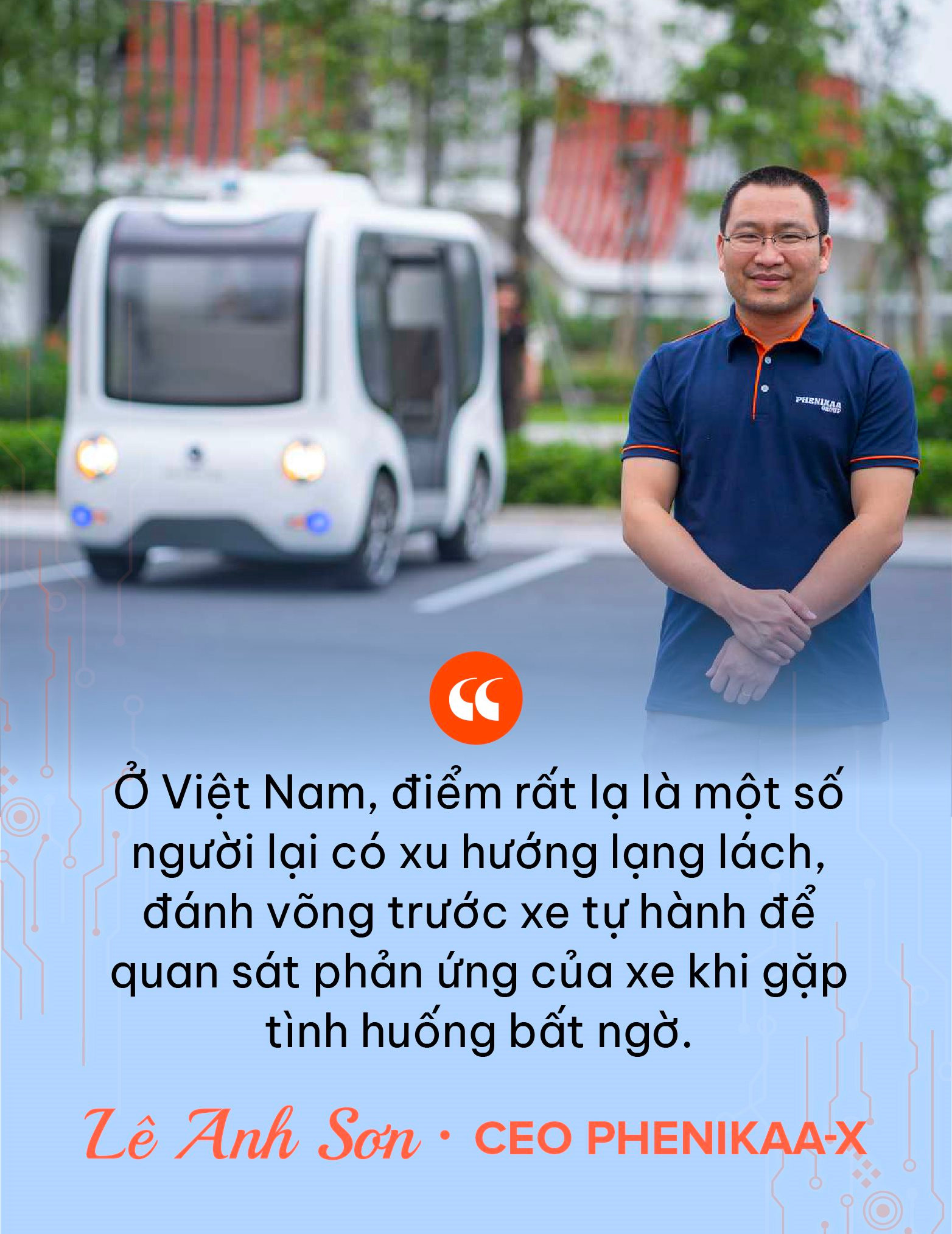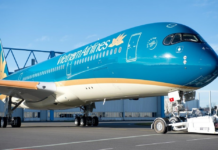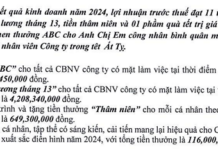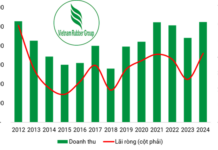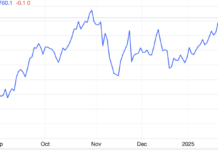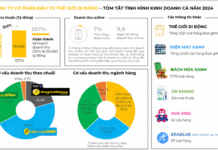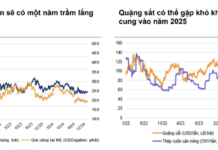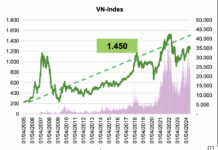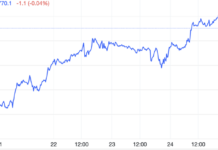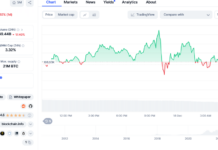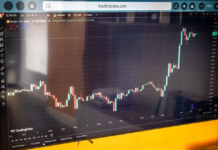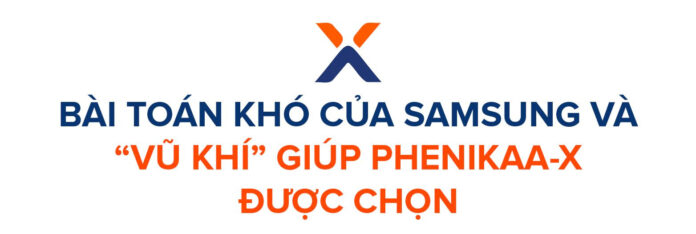In April 2024, Phenikaa-X, a member of the Phenikaa Group, delivered AMR Pallet Mover robots to the Samsung Electronics Thailand Nguyen (SEVT) factory. As a result, SEVT became the first Samsung Electronics factory in the world to implement these robots into their operations.
The AMR Pallet Mover robots can withstand loads of up to 1,000 kg and operate fully autonomously without the need for human control. They can navigate, retrieve, and transfer items independently. Mr. Khong Minh, Head of Robotics at Phenikaa X, shared that one AMR Pallet Mover robot can replace six workers and work continuously for 8-10 hours, after which it takes just two and a half minutes to replace the battery and resume operations.
Mr. Le Anh Son, CEO of Phenikaa-X, shared his insights on how a Vietnamese company came to possess core technologies to create these autonomous robots.
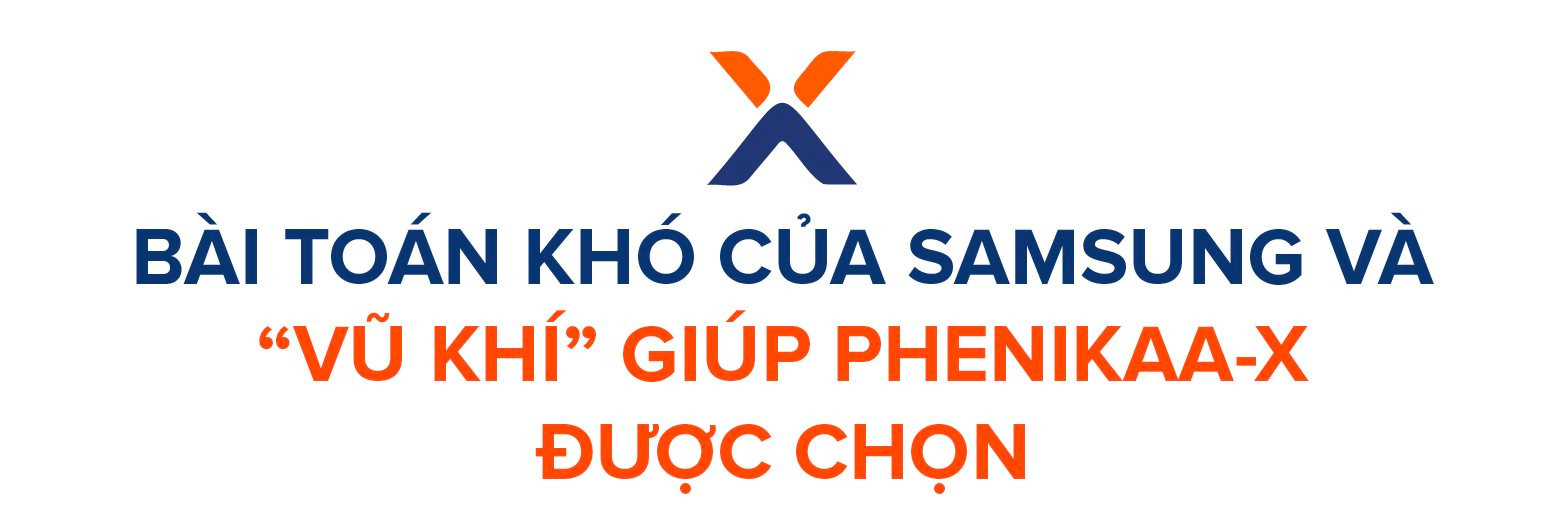
How did the collaboration with Samsung come about?
Samsung reached out to Phenikaa-X with a specific request. They wanted a fully autonomous robot that didn’t require direct human control and could communicate with other systems to process information. For example, if the warehouse management system reported a missing product, the robot would understand and retrieve it autonomously.
To fulfill Samsung’s request, the challenge was to integrate the robot into Samsung’s warehouse management system, requiring technicians to use a different programming language. This posed a challenge for companies that only distributed robots and provided technical support. Only companies that directly created the robots would have the capability to meet this request.
Samsung approached several domestic robot providers, but most of them were distributors rather than manufacturers and couldn’t fulfill the request, so they declined.
Samsung then conducted tests and interviews with potential partners, evaluating their team’s capabilities, system integration methods, and the adequacy of their infrastructure before making a decision. Ultimately, they chose Phenikaa-X as their partner.
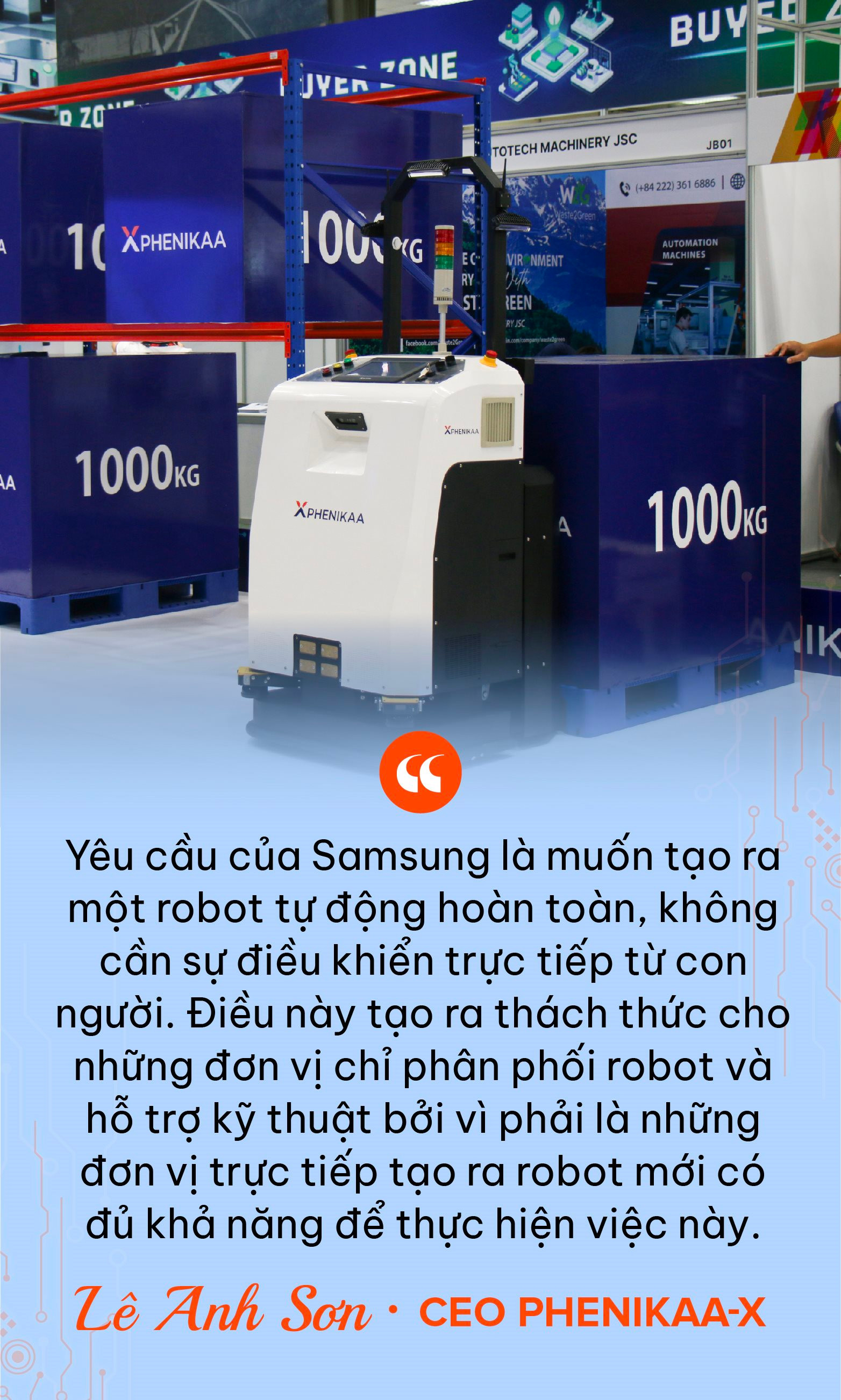
Why did Samsung choose a Vietnamese company over more established foreign companies?
There are many robot companies worldwide willing to supply products to Samsung’s factories. However, the deciding factor for Samsung to choose Phenikaa-X was their research and development (R&D) capabilities and local presence in Vietnam.
As the owner of all core technologies in their autonomous robot products, Phenikaa-X can flexibly modify and integrate their products with their clients’ systems.
On the other hand, foreign robot manufacturers produce in bulk and are less likely to invest time in R&D for individual clients. They are usually unwilling to alter the functions of their robots to cater to specific requests as it would affect their mass production and sales. Phenikaa-X, however, is ready to accompany Samsung on this journey.
Additionally, our local presence in Vietnam allows us to quickly support Samsung in case of any issues, unlike foreign companies that would need to fly in experts, incurring high costs and delays. This local support is a significant advantage for Phenikaa-X in providing technical assistance.
What challenges did you face in providing these robots?
The biggest challenge was related to security. Due to Samsung’s high security requirements, getting confirmation and access rights to their systems for analysis and integration preparation was difficult. However, Samsung viewed this project as part of their overall R&D efforts and provided support and access to the necessary information.
Another challenge was optimizing the warehouse space to accommodate the autonomous robots’ operations, requiring thorough discussions and considerations from both parties. The question was whether to adjust the warehouse layout or modify the robots’ technical specifications.
Ultimately, a compromise was reached, with both sides making slight adjustments.

Are there levels of autonomy in robots similar to those in self-driving cars? If so, what level has Phenikaa-X’s robot achieved?
Robots have less distinct levels of autonomy compared to self-driving cars, but they are still assessed based on their level of autonomy, with full autonomy being level 5.
Achieving level 5 autonomy is extremely challenging as it requires the robot to seamlessly integrate with various companies’ systems, each with its unique software. Therefore, Phenikaa-X’s current robots can be considered as level 5-.
What is the scalability of Phenikaa-X’s robot production?
Once we have a customer, scaling up production is straightforward for Phenikaa-X.
The news of Phenikaa-X providing robots to the Samsung factory has attracted the attention of many FDI investors. The most important task now is to educate the market and communicate the efficiency of our products, which will provide a foundation for Phenikaa-X to expand mass production.

Phenikaa-X’s Chairman, Mr. Ho Xuan Nang, is a businessman with a strong interest in science and technology. Working directly with Mr. Nang in the technology sector, what have you observed that reflects his passion for this field?
I decided to rejoin Phenikaa partly because I witnessed Mr. Ho Xuan Nang’s passion for science. He is a man filled with love for science, possessing profound knowledge and a unique thinking style. Mr. Nang is always open to experimenting with scientific projects and is not afraid to invest or face failure.
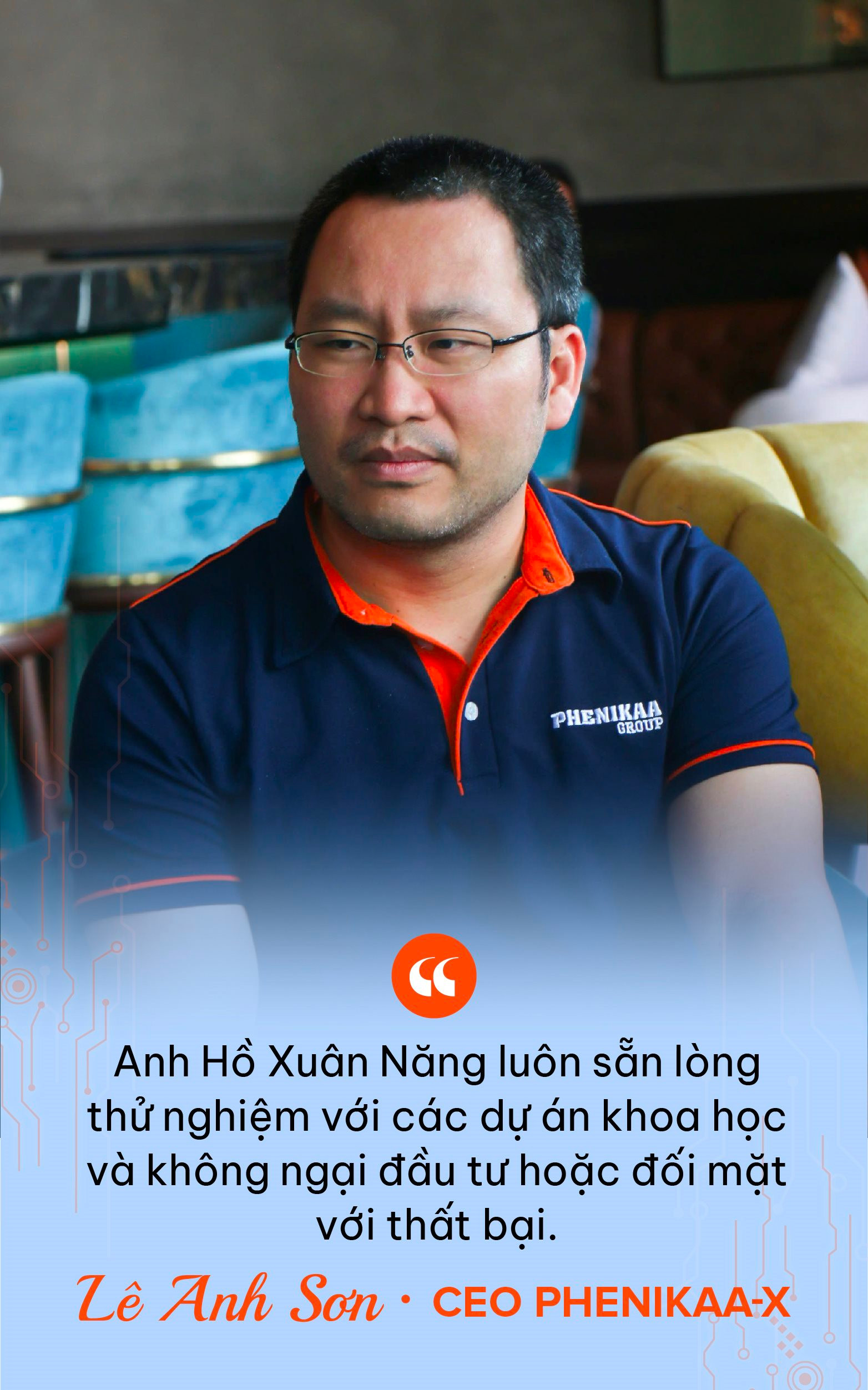
In the technology industry, failure is not uncommon as technology is constantly evolving and competition is fierce. However, the opportunities for growth are vast, and once a technology is successfully developed, the risk of failure decreases through product diversification based on a core technology platform.
Does Phenikaa-X still rely solely on funding from the Phenikaa Group, or have you sought new investors?
Before Phenikaa invests in any field, the group carefully plans out the development stages for 3 and 5 years, including specific details on capital usage and monthly KPIs to ensure everything aligns with the established strategy. This strategy includes various indicators related to technology, customers, and other aspects. Each month, they evaluate the achievement of these KPIs to ensure that all activities are on track.
This approach sets Phenikaa apart from other organizations, as they don’t just set annual KPIs but break them down into monthly, quarterly, and semi-annual goals to ensure continuous monitoring and evaluation against the defined strategy. As a result, everything proceeds as planned.
After four years of establishment, where do you see Phenikaa-X in the lifecycle of a startup, and what is its potential for growth?
Phenikaa-X is still in its early stages, but the fact that we have made it to the fourth year is a testament to our significant growth potential. Most startups that fail tend to do so within the first 2-3 years.
Phenikaa-X is actively diversifying its product portfolio in the field of autonomous technology, including self-driving cars, drones, and autonomous robots for cargo transportation (for factories, cafes, and restaurants). Recently, we deployed autonomous robots in the healthcare sector at Hanoi University Hospital and Hospital 199 in Danang. These robots can transport samples to testing areas and can replace 2-3 human workers.
Regarding self-driving cars, we are conducting trials in Binh Duong. We have covered approximately 25,000 km of testing in various environments and are awaiting government regulations regarding the permission of smart cars on the roads before we can officially commercialize. After that, Phenikaa-X may deploy robot taxis.
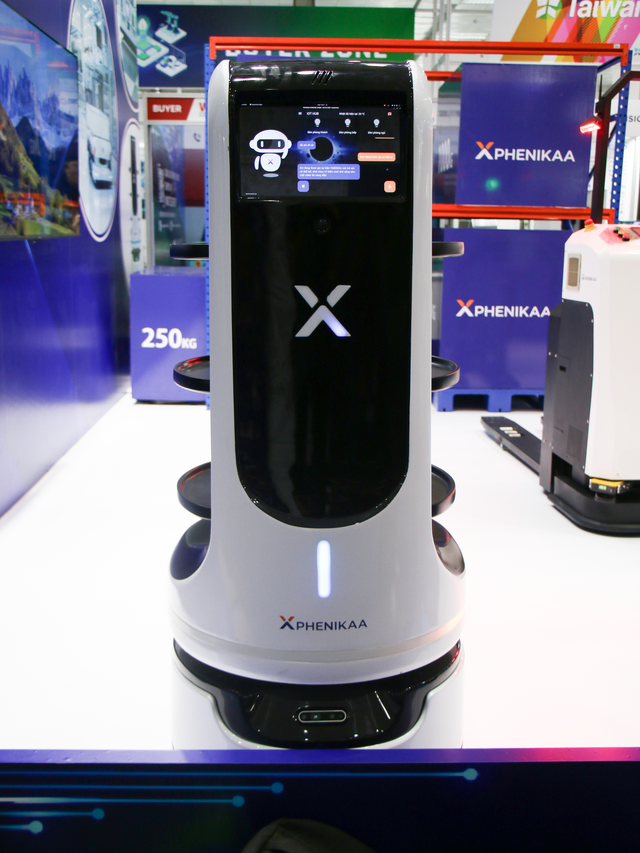
The technology field demands a strong R&D team. What is Phenikaa-X’s strategy for attracting talent?
One of Phenikaa-X’s strengths in its talent acquisition strategy is the support from Phenikaa Uni. Fresh graduates from Phenikaa Uni possess good technical skills and a strong work ethic, and many choose to stay and work at Phenikaa-X after graduation since they are already familiar with the work environment through their training and internships. This helps balance the desire for high salaries and a favorable work environment. Phenikaa-X aims to create a workplace where employees feel secure and want to stay for the long term, like a true home.

How do you assess the potential of the domestic robot market?
The global trend is shifting towards using robots to optimize production processes and minimize risks associated with human labor. In Vietnam, it is predicted that the adoption of robots in manufacturing will accelerate in the next 3-5 years. Robots can work tirelessly, always be on time, and follow precise instructions, reducing delays in the production chain and minimizing losses for businesses.
Who are Phenikaa-X’s target customers, and what are you focusing on?
Phenikaa-X’s target market includes international markets and FDI enterprises. Foreign companies are often willing to pay a premium for autonomous mobility solutions due to their efficiency. Meanwhile, implementing these solutions in Vietnam helps Phenikaa-X demonstrate the feasibility and effectiveness of its products.
FDI enterprises also tend to have a different perspective on investing in automation technologies like robots. They view the cost of investing in robots as reasonable, even normal, as they compare it to the annual labor costs.
If a robot can replace two shifts of human labor, the investment cost is equivalent to the annual labor cost, so they are willing to invest. In contrast, Vietnamese enterprises tend to compare the initial investment cost of a worker (about 10 million VND) with the investment cost of a robot (about 1 billion VND) and consider it an unfeasible investment.
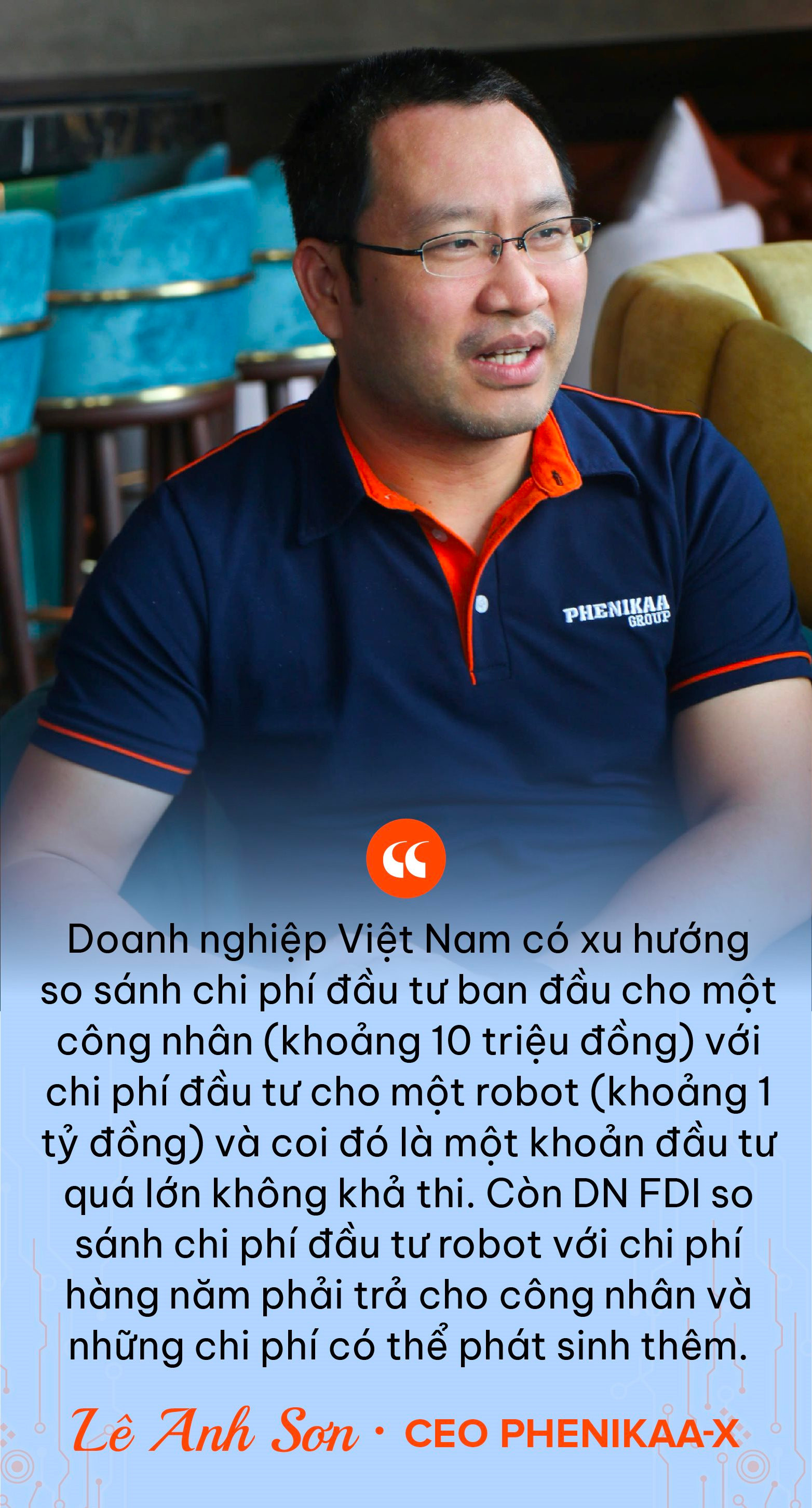
Additionally, most FDI companies have already committed to reducing emissions and carbon neutrality, while Vietnamese enterprises are just starting to develop strategies for this process. Adopting robots in production not only enables automation but also supports carbon reduction strategies. This is particularly significant as vehicles used in factories contribute to annual greenhouse gas emissions, and using robots can significantly reduce these emissions.
The products Phenikaa-X has developed in Vietnam are partly to demonstrate their effectiveness and introduce them to foreign enterprises.
When entering the international market, how will Phenikaa-X compete with Chinese robot companies, which have a strong presence?
We also consider Chinese companies our biggest competitors in terms of sales due to their competitive pricing. However, Phenikaa-X values the quality of our products, which meet European and American standards, so we are not overly concerned about competition from Chinese companies. With our ownership of core technologies, competitive pricing, and excellent support services, Phenikaa-X is confident in our ability to compete.
Depending on the customer’s requirements, some may choose products based on price, while others seek the best experience, error-free performance, or seamless integration with their systems, regardless of cost.
Moreover, Vietnam’s positive diplomatic relations with other countries provide a beneficial environment for market expansion.
You are also working with Mr. Nguyen Tuan Anh, former CEO of Grab Vietnam, on a startup that manufactures Vietnam’s first self-driving delivery robots. What stage is this project in? Given Vietnam’s chaotic traffic, do you think self-driving robots are suitable for the local transportation landscape?
Phenikaa-X is still researching and providing technology for self-driving delivery robots, and we are currently conducting trials in urban areas to collect data.
For engineers, chaotic traffic presents an exciting challenge. If we can overcome this challenge, our robots will be able to navigate anywhere. If our robots can drive in Hanoi’s traffic, they can easily navigate in Japan or Korea. This is a goal we are striving to achieve.
However, the unpredictable behavior of road users is a more significant concern than the chaotic traffic. In Vietnam, some people tend to swerve in front of self-driving vehicles to observe their reactions, which is a unique behavior compared to other countries where people generally follow traffic rules more strictly and maintain a safe distance from self-driving vehicles.
